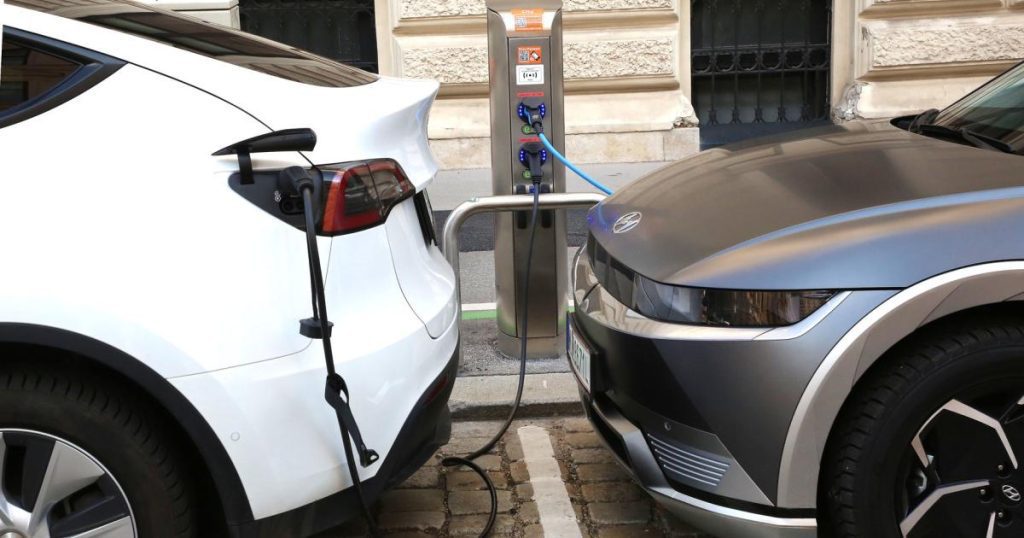About 100,000 electric cars are on the road in Austria, Michael Schroegel, CEO of Verbund, said at a press conference on Monday. There really isn’t much when you consider that around five million cars will be registered in Austria at the end of 2021. The fact that decarbonization of the transport sector should progress well by 2035 (specifically, no new combustion engines should be approved within the EU) European) makes a lot of people break out in a sweat, given these numbers. So what can be done to ensure that electric mobility continues, and above all, at a faster pace? Verbund and Smatrics have created a “Master Plan for Shipping Infrastructure 2030,” which they presented on Monday. This provides the following:
1. Implement urgent legal action, avoid over-regulation
On the other hand, the regulatory requirements for e-mobility service providers are constantly increasing. In general, they are increasingly becoming a bottleneck for electronic mobility. For example, legal requirements provide for mandatory credit card terminals at charging stations, although there is an existing system with dedicated payment via app and credit card. It is also tax-complicated for company car drivers and employers if the employer is to compensate employees for electricity costs. On the other hand, there are still no minimum regulatory requirements such as uniform billing standards (charging time in minutes versus actual consumption in kilowatt-hours) or guarantees of the right to your charging station.
2. Optimizing energy integration and operations
Charging stations are systems that require high performance at the point of delivery, especially in the high power area. Network access or network provision for charging infrastructure is currently a major challenge for both infrastructure builders and distribution network operators. In order to mitigate DSOs, it makes sense to establish standardized and digitized processes across Austria. Distribution system offices also need to be better equipped financially and in terms of personnel so that they can give high priority to electronic mobility. Another challenge relates to grid fees: although green electricity flows almost exclusively from public charging infrastructure today, additional fees must be paid to fund renewables for it. The infrastructure that commercializes and thus promotes green electricity again pays for renewable energies. From the point of view of infrastructure providers, this must change.

“Total coffee aficionado. Travel buff. Music ninja. Bacon nerd. Beeraholic.”








More Stories
Wealthy families take more risks when it comes to money.
Salesforce and NVIDIA Form Strategic Collaboration to Drive AI Customer Innovation
Changing banks causes problems for customers